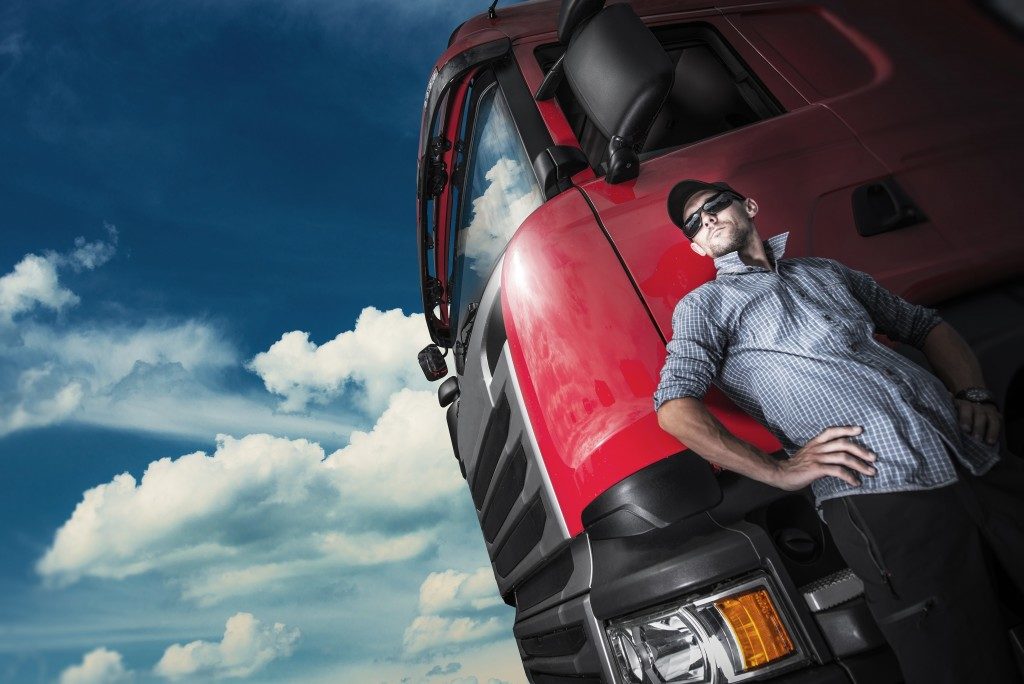A lot of doomsayers predict that automation will eliminate the need for actual truck drivers. However, experts predict the opposite, envisioning a future where human drivers work hand-in-hand with their AI counterparts.
Going on Autopilot
Automation is not at all a threat to local truck-driving jobs. Automation works best on highways and freeways, giving truck drivers a chance to rest once the truck reaches a suitable track of the road. Actual human guidance is still needed to handle unforeseen situations, accidents, or driving on city roads. Like on aircraft, automation can control the essential driving functions but requires an actual driver when decisions need to be made. A purely automated vehicle will not be able to adjust to changing road conditions due to accidents or similar situations as effectively as human drivers. Like airlines, trucking companies will never let their trucks purely rely on automation. Automation will merely help drivers — not replace them. Trucking companies predict an increased need for drivers once automation has been integrated into their operations. The increased efficiency will allow automated trucks to operate more frequently, increasing the demand for human “pilots.”
New Drivers Wanted
 The single most pressing problem of the trucking industry isn’t automation — it’s aging drivers. The age of the average truck driver in the U.S. is 55 years’ old — only a few years away from retirement. Several factors may be steering young men away from trucking, one of which is the fear of being replaced when trucks get automated. The trucking industry is currently facing a massive shortage in truck drivers, driving wages up and compelling companies to provide better benefits and incentives to vie for the shrinking pool of new drivers as well as keep the ones they have. Starting wages for truck drivers have gone up to $45,000 and can further rise to $65,000 or more in just a couple of years. Expect the demand to grow further as the years pass and the older drivers retire.
The single most pressing problem of the trucking industry isn’t automation — it’s aging drivers. The age of the average truck driver in the U.S. is 55 years’ old — only a few years away from retirement. Several factors may be steering young men away from trucking, one of which is the fear of being replaced when trucks get automated. The trucking industry is currently facing a massive shortage in truck drivers, driving wages up and compelling companies to provide better benefits and incentives to vie for the shrinking pool of new drivers as well as keep the ones they have. Starting wages for truck drivers have gone up to $45,000 and can further rise to $65,000 or more in just a couple of years. Expect the demand to grow further as the years pass and the older drivers retire.
Signing Up to the Fleet
If working hand-in-hand with an automated vehicle is right up your alley, then you’ll need to get a commercial driving license or CDL. A CDL program usually lasts from 4 to 8 weeks, and several trucking companies sponsor their own CDL training programs. These companies will pay to get your CDL and even provide a monthly stipend during your training. Unfortunately, you need to be over the age of 21 to cross state lines. This age requirement has steered high school graduates yearning for work into other fields instead of waiting another three years before being able to drive a truck. The situation has become so dire that Congress is hearing legislation to lower the age requirements for truck drivers, especially for crossing state lines.
Automation will not be taking jobs away from truck drivers. Every company testing automated trucks do so with the intent of having their systems assist truck drivers and not replace them. However, the industry needs more truck drivers, and it needs them right now.

